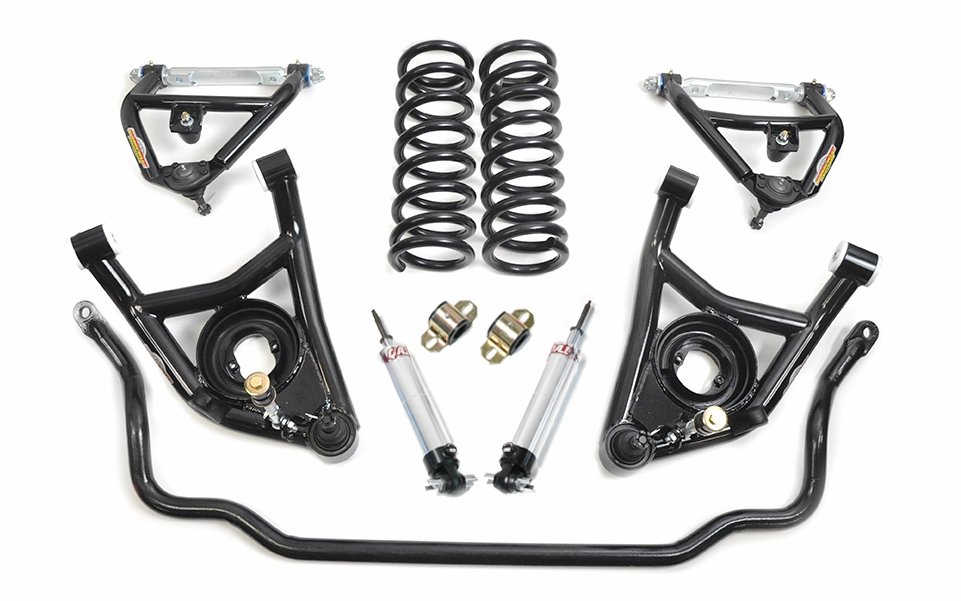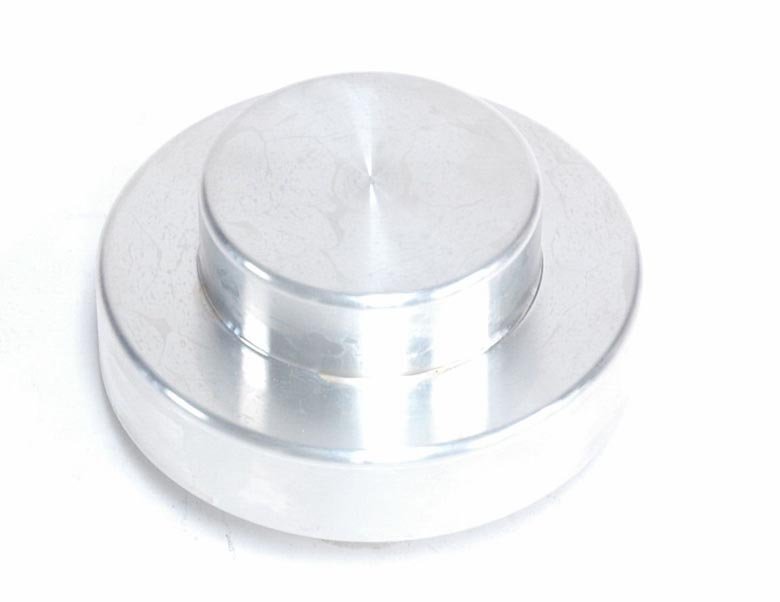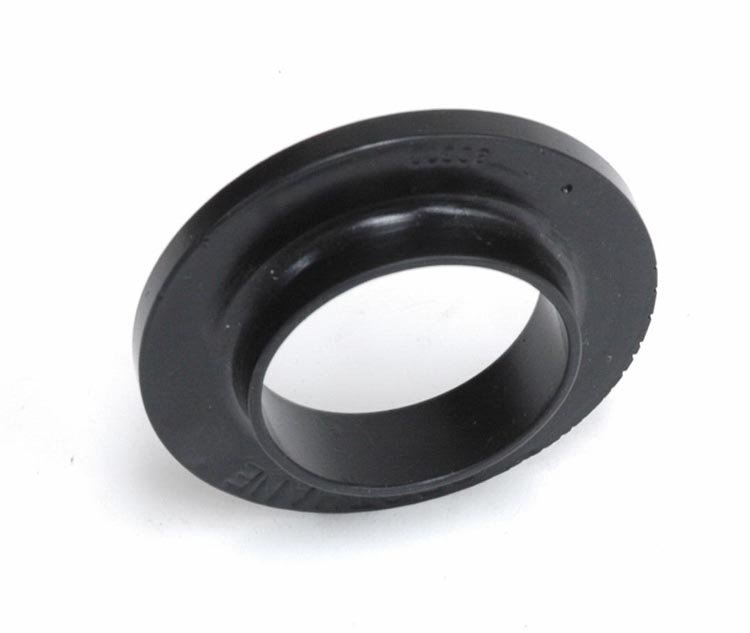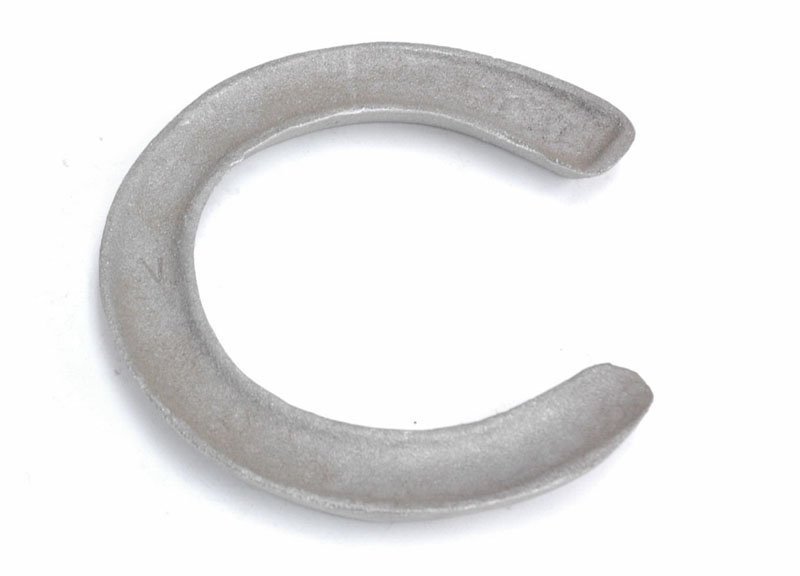Description
This kit includes:
CTA-42a Upper Arms with Del-a-lum Bushings (fully assembled)
The arms include:
- Opened up the top area for the different frame horns
- Has more drooped for drag racing
- Del-a-lum bushings provide smooth control arm movement up and down without bind
- Grease fitting
- No squeaks No noise
- Billet shafts
- Bump stops
- Ball joints
- 5 1/2 to 6 degrees of positive caster which is going to help your straight-line stability and corner entry
- Can be use with stock spindles, 2 inch drop spindles, stock lower arms (does not work with the tall spindle conversion)
- Direct Bolt-on
- New alignment specifications are included
CTA-42L Lower Arms with Del-a-lum Bushings (fully assembled)
There are a three reasons why we built a rotating spring pocket.
First: A lot of people cut the coil spring to obtain a desired ride height. When you cut the spring, it will no longer line up in the lower arm or upper frame mount. In some cases this can cause the spring to make noise rubbing on the edge of the pocket. The spring cushion solves the rubbing issue and rotating it provides a way to re-index the spring.
Second: The spring will be indexed properly around the coil. Most tubular lower control arms have a flat plate that the spring sits on. There really is no index. This places a lot of load at the very end of the coil spring rather than on the full coil. Over time, this will fatigue the coil spring and sag may occur.
Third: Ride height adjustments can be made by shimming under the spring pocket.
These Global West lower control arms feature the following:
- Strength: (Built out of 1-5/8 inch roll cage tubing ).
- Del-a-lum bushings are used for most applications. Polyurethane is also available.
- Reinforced sway bar pick up points.
- Lower arm bump stops are standard.
- Steering bump stops are standard.
- Cross bar supporting spring pocket.
- Additional clearance is added through the middle of the arm for header tubes.
- Traditional Global West straps are used at bushing housing locations for strength.
- Control arms are powder coated black.
- Front Sway Bar (1-1/8) #SB-883
What is a sway bar?
This 1-1/8 inch solid sway bar kit includes: endlinks and frame bushings with brackets.
What is a sway bar?
Sway bars are tuning devices but they do not make up an entire suspension. Suspension geometry, springs, shocks, tires, wheel combinations and driving styles all affect cornering capability and should be addressed accordingly.
Cars with poor handling at high speeds generally have a lot of corner entry understeer. This is generally due to using too soft of a front spring rate. Large sway bars are now installed to reduce body roll and understeer. However, the vehicle will still have some understeer.
So what do you do? The consensus would be to install a rear sway bar. The rear sway bar will reduce body roll but will also reduce the amount of traction at the rear. Less traction at the rear allows the car to rotate after the apex (oversteer). The bigger the rear sway bar the less traction during corner exit you will have.
Our approach is different. We fix the geometry in the front and make the car turn into the corner, so traction isn’t reduced in the rear. Depending on the front-end’s capability, installing a rear sway bar in some cases will give the car less grip in a corner.
Global West in the Press: Check out this Car Craft Magazine article featuring the Global West Suspension G-Plus System for the 1965 El Camino.
- QA-1 Adjustable Front Shocks #QTS-505
- Lightweight Billet Aluminum Coil-Over Shocks
- Made in the USA
- Easy, Bolt-In Installation
- Ride Height Adjustable
- 100% Dyno Tested and Serialized
- Made in the USA
- Front 1″ Drop Big Block Springs #S-19
Global West highly recommends linear rate springs (also known as constant rate) over variable; not that variable rate springs are bad, but linear rate springs provide the best performance for our customers. Here are reasons why we prefer linear rate verses variable:
Consistency – As a linear is compressed, the resistance increases per inch equal to that of the rate. For example, if a spring is rated at 300 pounds per inch, for every inch of travel the spring compresses, the resistance increases 300 pounds. Therefore, one-inch of compression will provide 300 pounds of resistance, two-inches 600 pounds, and three-inch 900 pounds. Variable rate springs, however, do not increase in the same fashion. The are generally rated with a lower spring rate on initial, and build to the desired rate. Example: The first one-inch of travel might start out as 250 pounds per inch, the second-inch 560, and the third 900. For a driver who is looking to improve their driving skills, a vehicle must give predictable feed-back each time during cornering and trail braking. A linear spring will do that because the rate is consistent.
Less chance of bottoming-Lowered cars always have reduced suspension travel. The lower you go the less travel is available. Variable rate springs tend to allow more travel before the spring can build rate, keeping the suspension from bottoming. The question is: Is there enough suspension travel available while the spring builds enough resistance (rate) before bottoming occurs?
Variable rate springs tend to over emphasize the geometry curve giving us more tire movement than necessary.
Chassis diagnostics is difficult.
Lowered Springs Our springs generally lower the vehicle one-inch in the front and up to 1-1/4 inches in the rear depending on the option for your vehicle. Why we only lower about one-inch in the front is simple, there is not enough suspension travel beyond one-inch for street applications. We admit, vehicles lowered one-inch look great, but they generally run into suspension bottoming problems. Header to ground clearances tend to be another issue. Therefore, in our experience, we believe one-inch makes the most sense especially if the care is driven on the street.
New Alignment Specifications are Included





